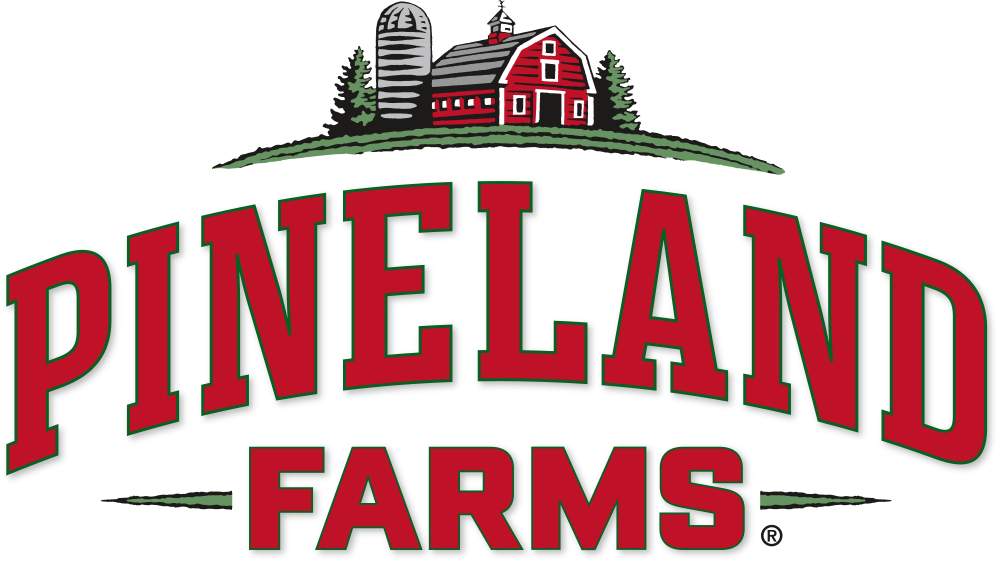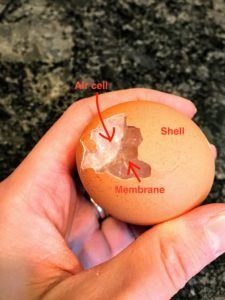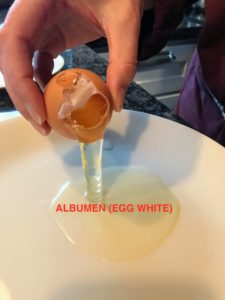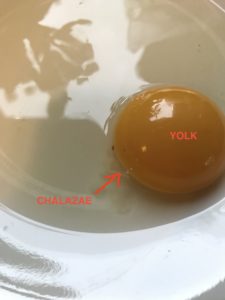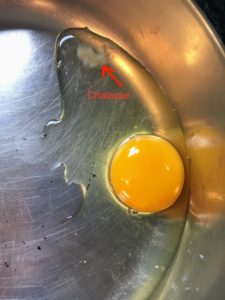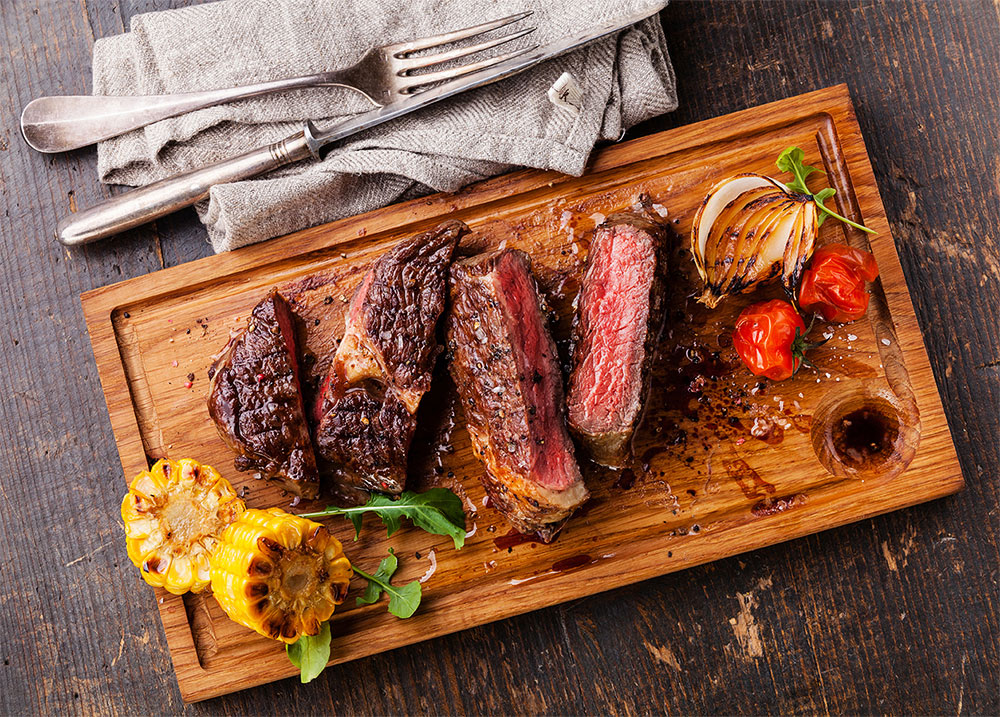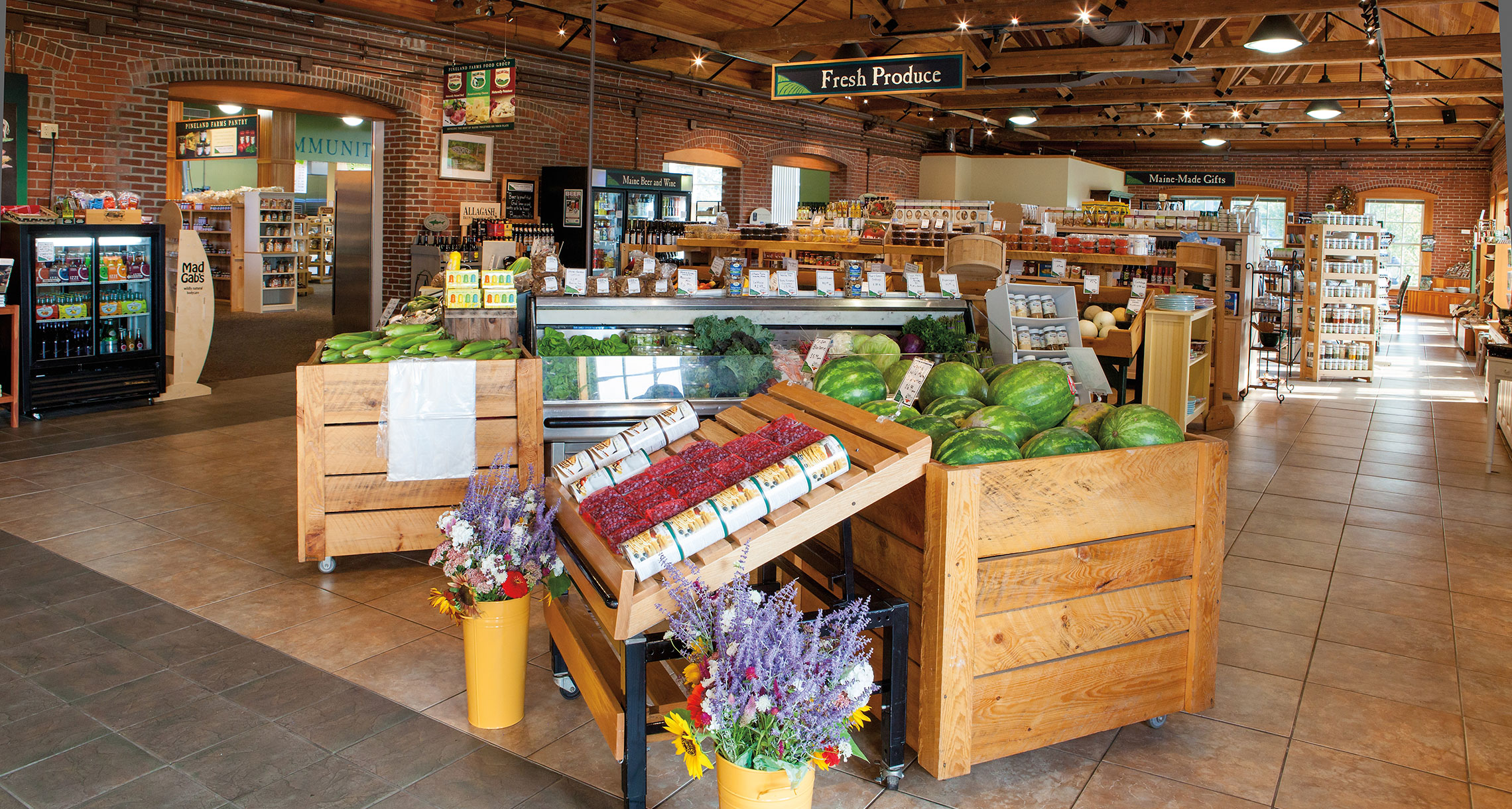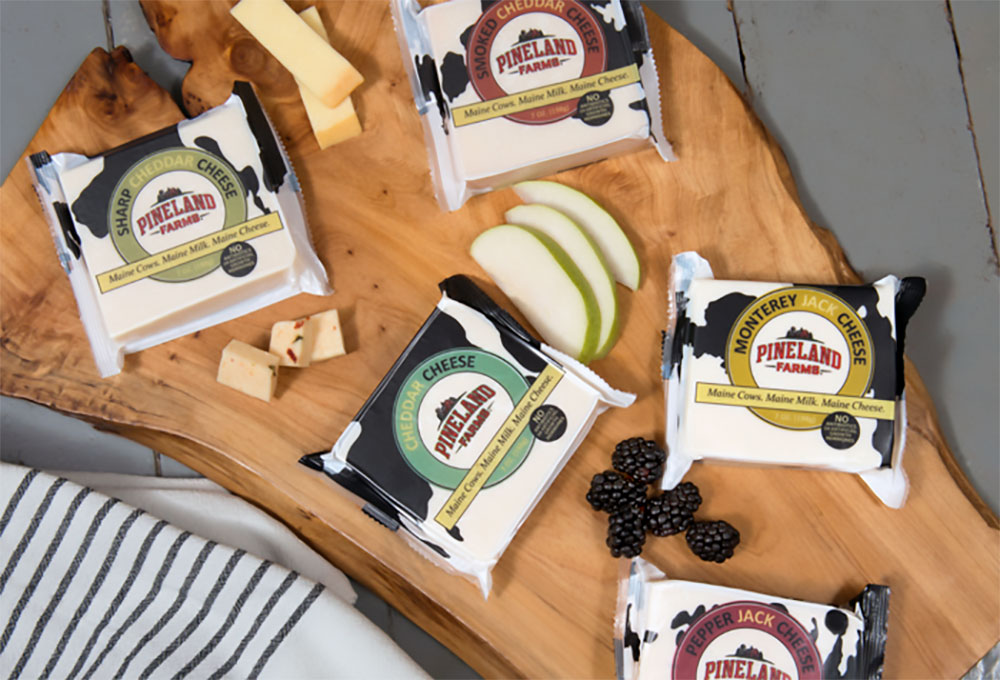EGGCEPTIONAL ACTIVITIES TO DO AT HOME
Learn about the parts of an egg with these eggceptional activities you can do right from home.
All you need is one raw egg and one hardboiled egg. This is the raw vs. hard boiled egg spin test. Do you know which is which?
First activity:
The raw egg vs. hard boiled egg challenge:
-
First you will need a hardboiled egg. To make hard boiled eggs if you don’t have any on hand, is simple. Fill a small pot of water, plop in a few eggs, make sure they are fully submerged in the water and put them on the stove to boil. Once the water has reached a full roiling boil put a timer on for 8-10 minutes. After the time is up, take them off the stove, run cold water over them and viola! You have hard boiled eggs! Let them cool and store in the fridge.
-
Now for the raw vs. hard boiled egg challenge. Once your hard boiled egg has cooled down, the hard boiled and raw egg should look identical. If you are doing this for a kiddo, make sure they do not know which is which from the start. Spin the eggs at the same time on a nice big counter where they won’t fall off. Once they are spinning, gently and quickly place your hand on top of them at the same time (and immediately take your hands off). What do you notice? Does one stop completely and the other keeps spinning? Yes! The raw egg will be the one that continues spinning. The yolk inside starts to spin with the egg, and when the outside of the egg stops, the liquid inside continues to spin causing the shell to resume its rotation. This is called inertia! The hardboiled egg is now solid inside, so there is nothing to keep it in motion once you have placed your finger on the shell.
-
Once you have identified the raw and hard boiled egg, it’s now time to eat the hard boiled egg for a snack and dissect the raw egg for another fun experiment.
Second Activity:
Dissecting the egg:
Check out these photos to help you along and identify the various parts of the egg. When starting the process, we recommend cracking it very gently so you can slowly peel away the egg shell to find first, the shell membrane. Below is a short description of the parts of the egg you will find and what they do! Have fun!
Shell: Sometimes bumpy and grainy in texture, an eggshell is covered with as many as 17,000 tiny pores. Eggshell is made almost entirely of calcium carbonate crystals. It is a semipermeable membrane, which means that air and moisture can pass through its pores.
Membrane: Transparent protein membranes provide efficient defense against bacterial invasion.
Albumen: The egg white is known as the albumen. Four alternating layers of thick and thin albumen contain approximately 40 different proteins.
Yolk: The yolk contains less water and more protein than the white, some fat, and most of the vitamins and minerals of the egg. These include iron, vitamin A, vitamin D, phosphorous, calcium, thiamine and riboflavin. Yolk color ranges from just a hint of yellow to a magnificent deep orange, according to the feed and breed of the hen.
Chalazae: Opaque ropes of egg white, the chalazae hold the yolk in the center of the egg. Like little anchors, they attach the yolk’s casing to the membrane lining the eggshell.
Germinal disk: The embryo develops from this disk, and gradually sends blood vessels into the yolk to use it for nutrition as the embryo develops.
